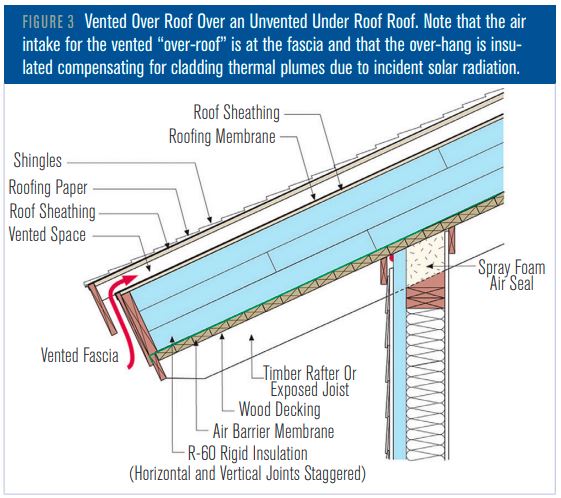Creating a perfect home is not all about interior decorations! It should be about creating a lovely outdoor atmosphere as

If you are looking for ways to reduce your energy costs and improve your HVAC design, you might want to consider installing an energy recovery unit (ERU). An ERU is a device that transfers heat and moisture between the supply and exhaust air streams of a ventilation system, reducing the heating and cooling load on the HVAC equipment.
An ERU can be a valuable addition to any mechanical engineering project, especially in climates where there is a large difference between indoor and outdoor air conditions. By recovering the energy that would otherwise be wasted, an ERU can help you achieve lower utility bills, higher indoor air quality, and better environmental performance.
In this blog post, we will explain how an ERU works, what benefits it can offer, and how to calculate its payback period.

An ERU is typically installed in a dedicated outdoor air system (DOAS), which provides fresh air to the building independently of the heating and cooling system. The ERU bridges the supply and exhaust air streams, allowing them to exchange heat and moisture without mixing.
There are different types of ERUs, such as rotary heat exchangers, plate heat exchangers, heat pipes, and run-around loops. Each type has its own advantages and disadvantages, depending on the application and design requirements. However, they all work on the same principle of transferring sensible (heat) and latent (moisture) energy between the air streams.
In winter, when the outdoor air is cold and dry, the ERU preheats and humidifies it by transferring heat and moisture from the warm and moist exhaust air. This reduces the heating load on the HVAC system and improves the indoor humidity level.
In summer, when the outdoor air is hot and humid, the ERU precools and dehumidifies it by transferring heat and moisture to the cool and dry exhaust air. This reduces the cooling load on the HVAC system and prevents excess humidity in the building.
By adjusting the temperature and humidity of the outdoor air before it enters the HVAC system, an ERU can help maintain a comfortable and healthy indoor environment while saving energy.
An ERU can offer several benefits for your mechanical engineering project, such as:
By recovering up to 80% of the energy that would otherwise be lost in the ventilation process, an ERU can significantly reduce the energy consumption of your HVAC system. According to some studies, an ERU can have an average payback period of two years .
By providing fresh outdoor air to the building, an ERU can help improve the indoor air quality (IAQ) and prevent problems such as sick building syndrome, mold growth, and odors. An ERU can also help control the indoor humidity level, which can affect comfort, health, and building durability.
By reducing the carbon footprint of your HVAC system, an ERU can help you achieve a higher LEED® status , meet the requirements of ASHRAE 90.1 , and comply with local codes and regulations.
To calculate the potential savings and payback period of an ERU, you need to consider several factors, such as:
– The location and climate of your project
– The occupied hours and ventilation rate of your building
– The utility rates and HVAC efficiency ratings of your system
– The first cost and maintenance cost of your ERU
There are online tools that can help you perform a customized financial and energy analysis of an ERU , including return on investment (ROI) and payback calculations. You can also consult with an experienced mechanical engineer or an ERU manufacturer to get a more accurate estimate.
Conclusion
An ERU is a smart investment for any mechanical engineering project that involves ventilation. By recovering the energy from the exhaust air stream, an ERU can lower your energy costs, improve your HVAC design, and enhance your indoor air quality. To find out if an ERU is right for your project, you should evaluate its benefits and costs based on your specific needs and goals.
About Author
Fate Ol